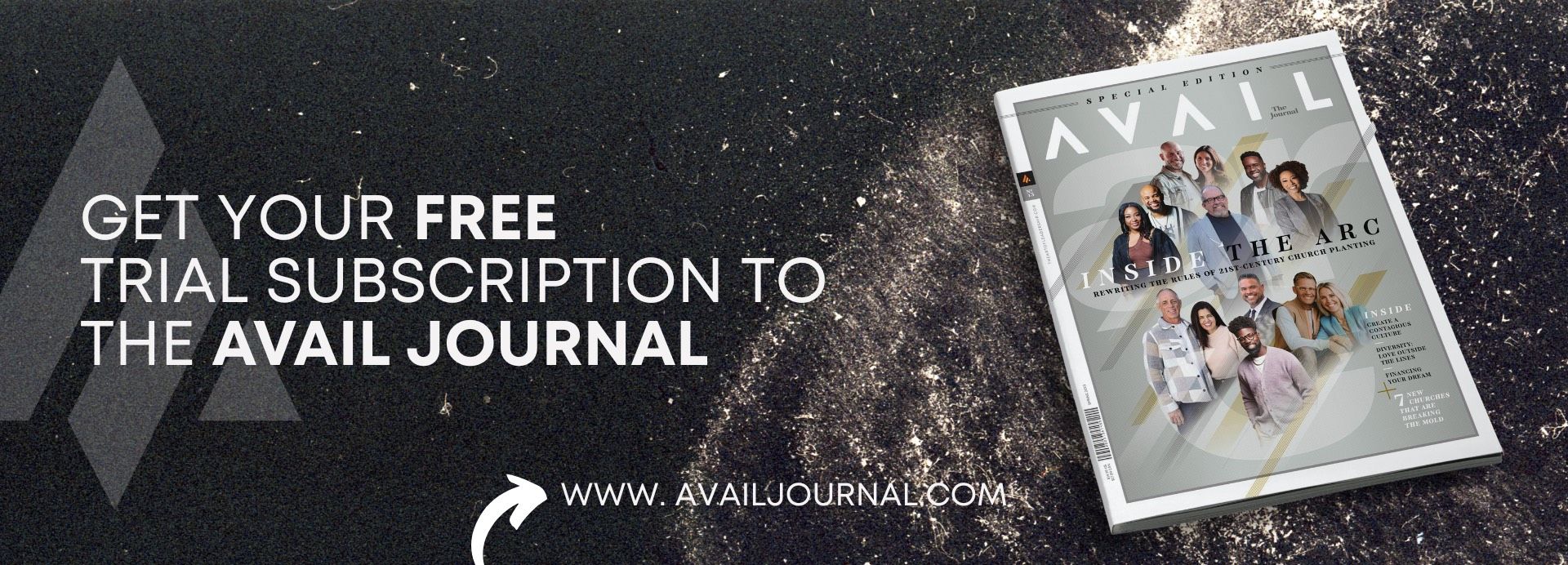Know Your Audience

by Andy Butcher
Some new writers take what might be called a fire, ready, aim approach. That is, they write first and then try to find those who might be interested to read what they have to say afterward. It’s a bit like shooting an arrow at the side of a wall and then going and painting the target around it.
It’s far better to determine your audience ahead of time, because that is going to shape what and how you write. Truth is, if you’re aiming your book at “everyone,” you really mean “no one.” One way to get some focus is to think of your readers like an archery target, funnily enough. There’s the red bullseye, beyond which are concentric circles moving out. Every zone you hit is a score, but some are better than others.
Try to identify at least three or four “point groups” for your message. Who is in the absolute dead center? If it’s a book about church leadership, maybe it’s aimed at the pastor. But who might be in the next outer band; maybe the council or board members who need to better understand what their pastor deals with. And beyond them, perhaps it’s the average church member. And so on.
You might picture it like this: your bullseye reader is sitting in a chair reading your book, while someone reads over his shoulder, and someone else in turn reads over theirs. Each is engaged, but at increasing distance. Having a sense of your “target” will clarify your tone and help identify the anecdotes or information that you need.
It’s a bit like making a speech—you’d want to know your audience before you tried to engage them, right? After all, a youth group lock-in is very different to a seniors’ luncheon. Paul identified his audience during his time in Athens. In Acts 15, we read that he addressed the crowd: “Men of Athens, I perceive that in all things you are very religious; for as I was passing through and considering the objects of your worship, I even found an altar with this inscription: TO THE UNKNOWN GOD.” Having connected with them, he then went on to proclaim the good news, of course, using language and references that were meaningful to his listeners.
It can be helpful to picture your bullseye reader in your mind, as you write. In fact, maybe give him or her a name. Christian radio broadcasters used to call their typical listener “Becky,” because they knew those who most regularly tuned in were “soccer moms.” The more your intended reader becomes real to you, the more real your writing will be for them.




